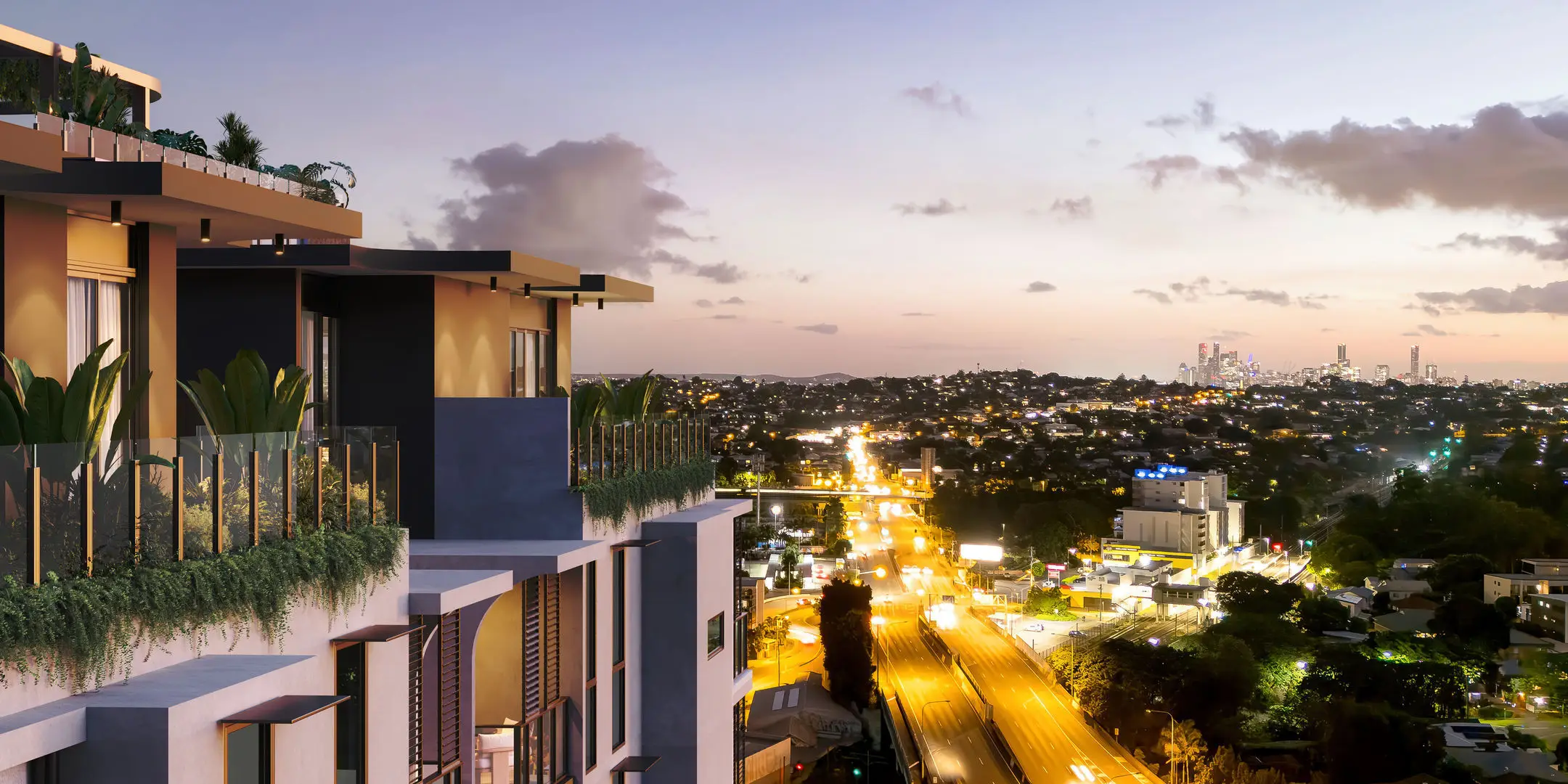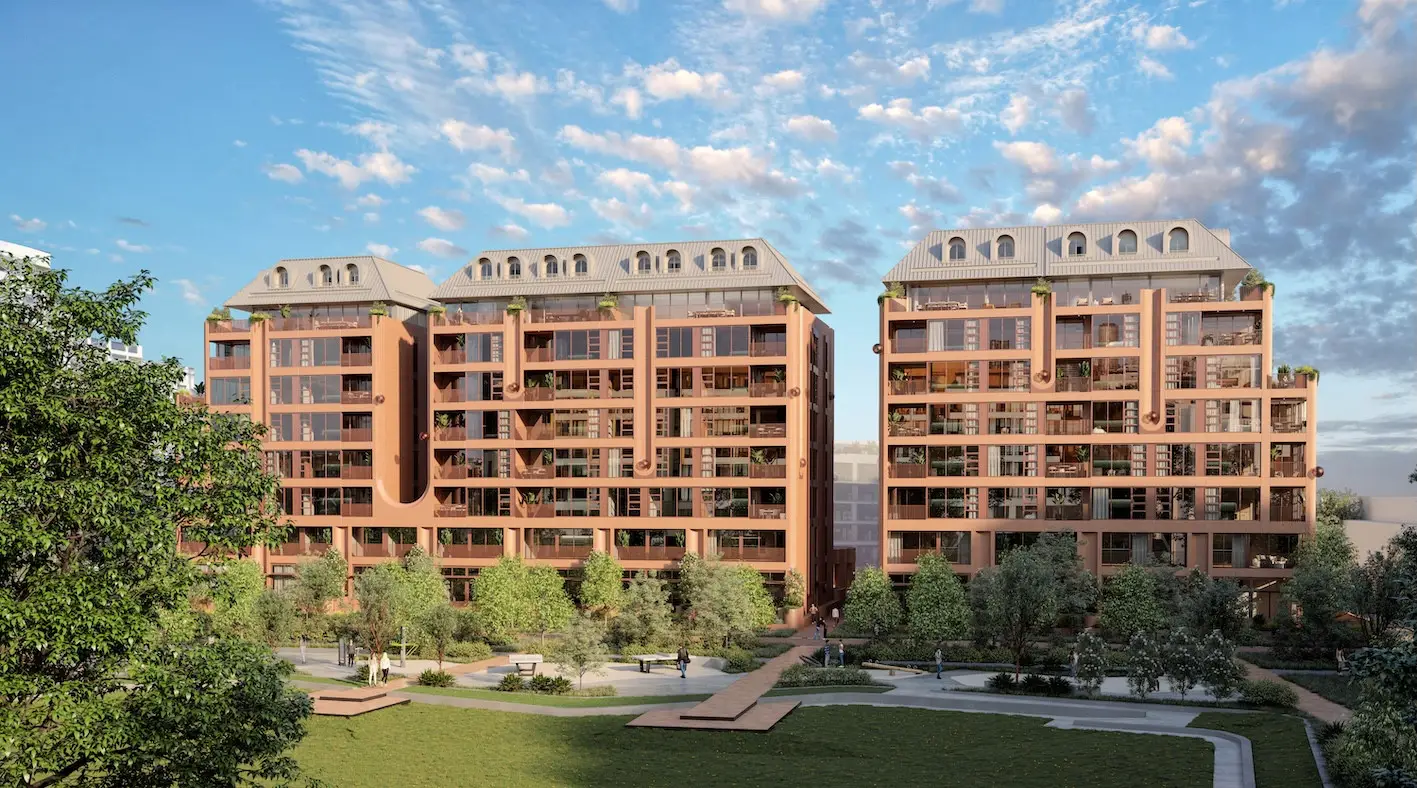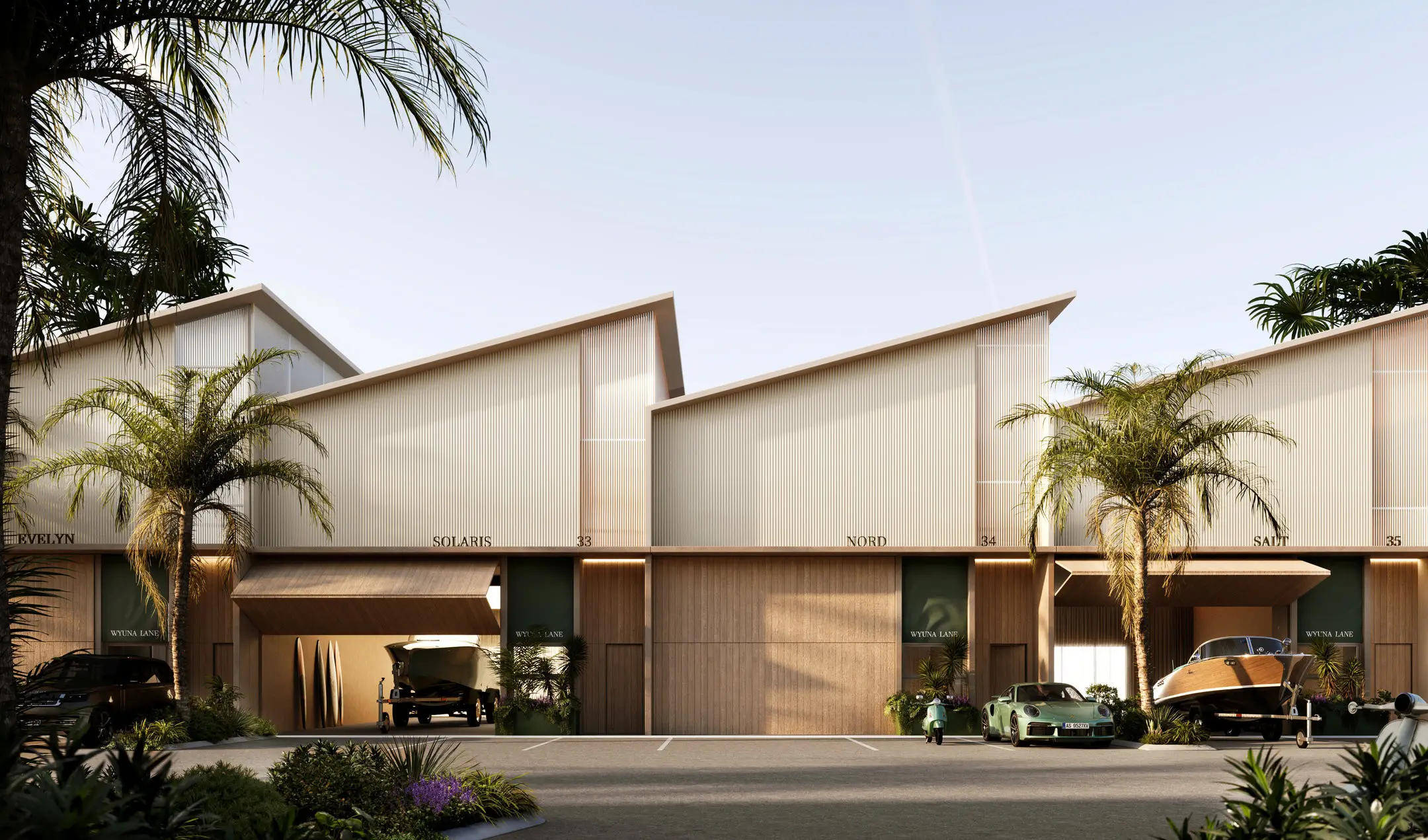
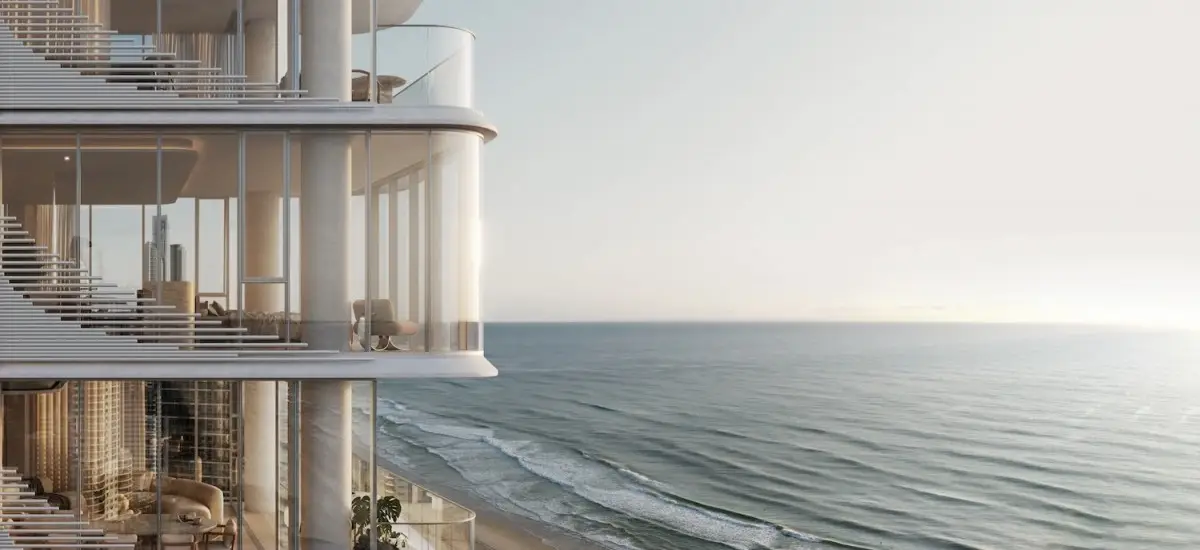
The Gold Coast has officially taken a title few would have expected even five years ago: it's now more expensive than Sydney to buy an apartment.
According to Ray White chief economist Nerida Conisbee, “the Gold Coast now has a higher median unit price than Sydney, an extraordinary milestone for a market once seen as an affordable coastal alternative.”
While Sydney still holds the crown for Australia's priciest houses, the Gold Coast has quietly overtaken it in apartments.
Nerida’s latest analysis shows the median unit price on the Gold Coast has climbed to $956,000, nudging ahead of Sydney's $927,000.
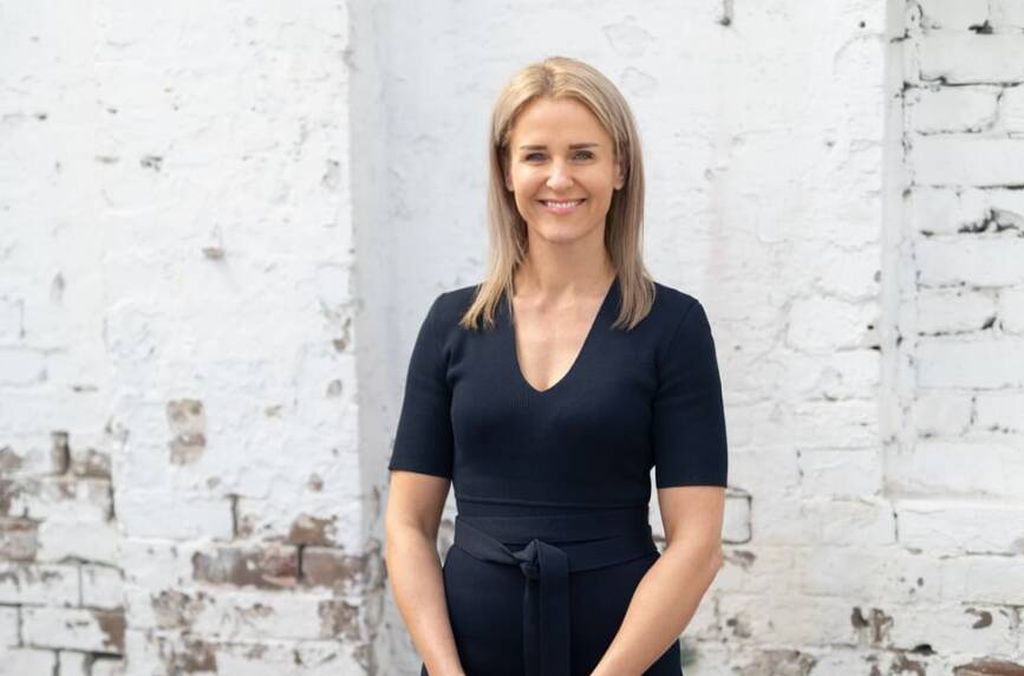
“The recent surge in apartment values shows just how strong demand has become in south-east Queensland,” she said.
That demand has been supercharged by a mix of factors: population growth, easier borrowing conditions, and a frustrating lack of new housing.
“Gold Coast house and unit prices are climbing again after briefly slowing mid-year, driven by population growth, easing rates, and a persistent shortage of new homes,” Nerida said.
Cotality’s recent Million Dollar Markets report found Queensland was the standout performer, with 37 new million-dollar markets across the state – the biggest increase in the country.
While much of that spike was in Greater Brisbane, regional Queensland also surged, now home to 141 seven-figure markets, with the majority found in the Gold Coast (69).
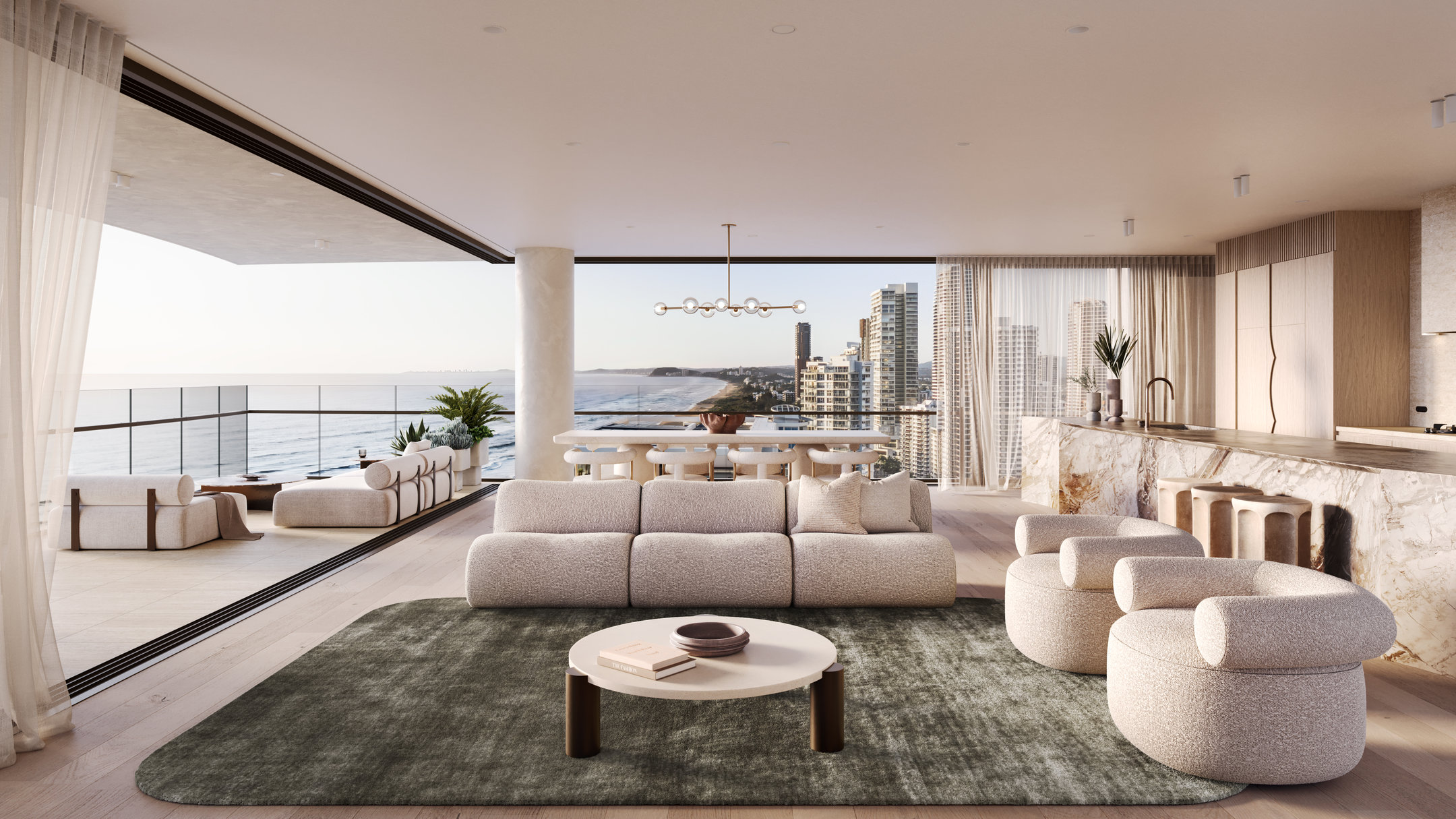
Nowhere near enough homes
Sunshine. Great cafe culture. Surf and sand. Charming hinterland pockets. Exploding amenity.
It's not hard to see why the Gold Coast’s appeal is enduring.
“Migration continues to be a major factor [for price growth]. The region is attracting new residents from across Australia and overseas, drawn by lifestyle, climate, and improving infrastructure,” Nerida said.
Southeast Queensland remains one of the fastest-growing parts of the country, but new housing supply is failing to keep pace – an imbalance that has been a long time in the making.
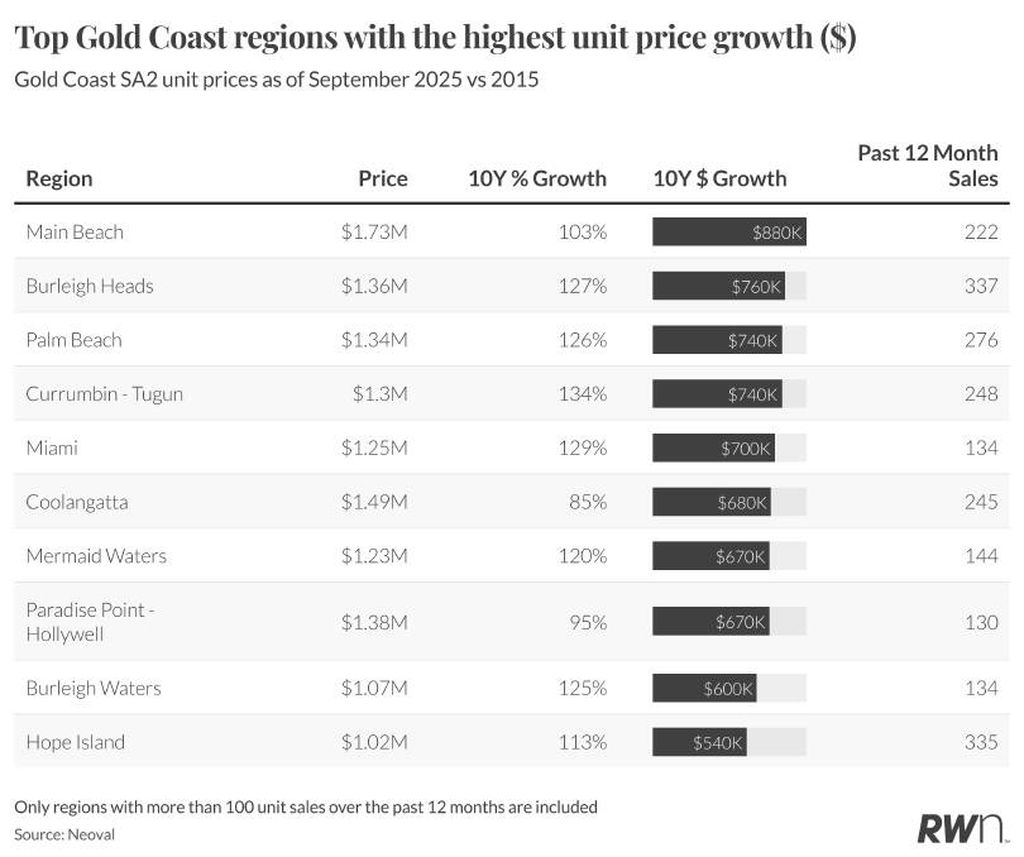
“The last time we saw enough homes built in Australia was in 2007, and the backlog has only grown since,” she said.
“Construction timelines have lengthened, costs remain elevated, and the number of completions continues to fall.”
Luxury development leads the charge
Nowhere is the region’s evolution clearer than along its coastline.
“The city's transformation over the past five years has been remarkable,” Nerida said.
“Luxury development along the coastline is driving much of the price growth, with the strongest results recorded in premium beachfront precincts.”
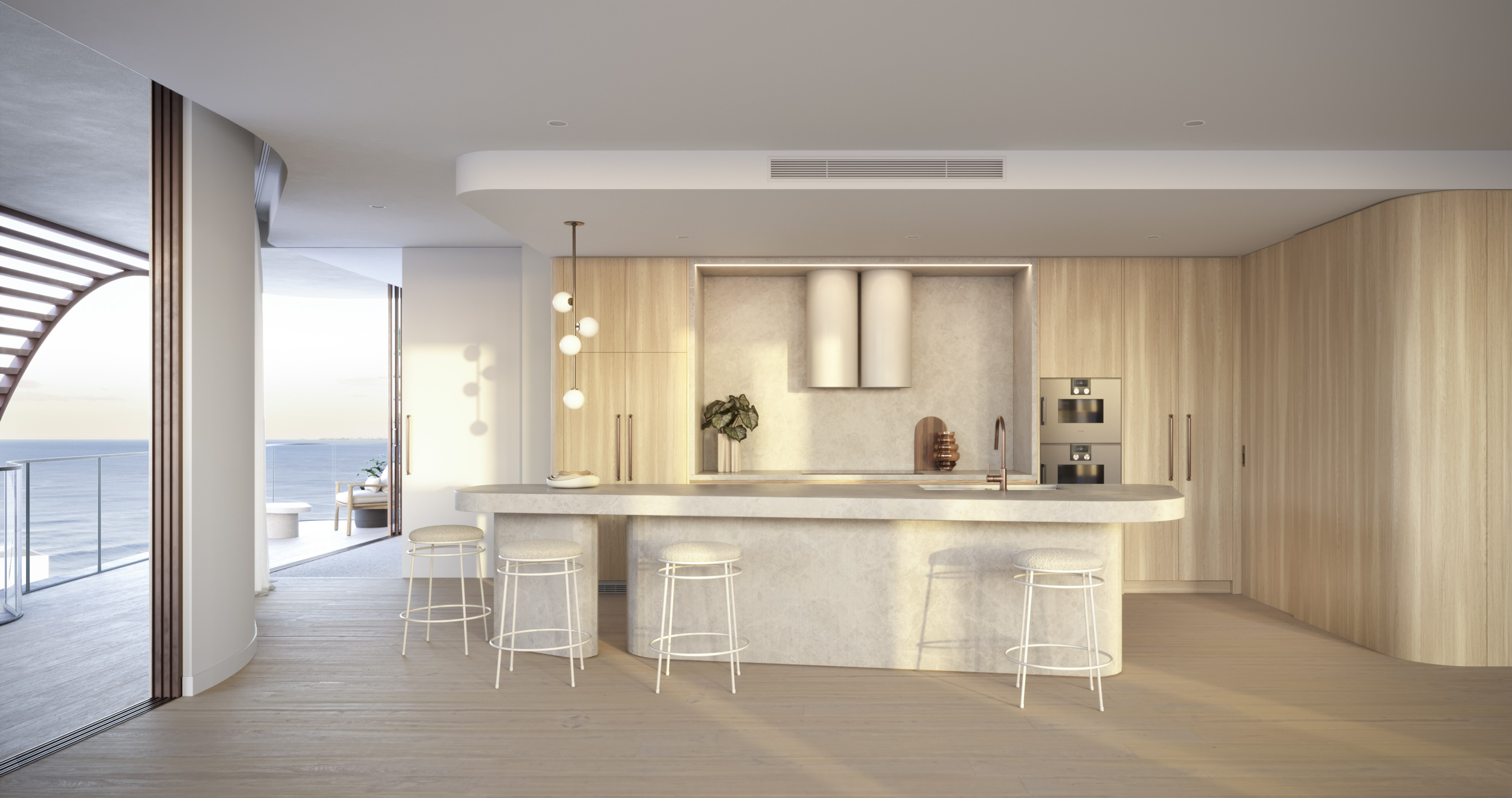
Data from Neoval puts Main Beach in the lead, with a median unit price of $1.73 million following a $880,000 rise over the past decade.
Burleigh Heads and Palm Beach have also boomed, where median unit prices have climbed by $760,000 and $740,000, respectively.
In Currumbin-Tugun, prices have surged 134% over the decade and $740,000 in dollar terms.
“These results underline how the Gold Coast’s prestige markets have powered its growth cycle,” Nerida said.
“Suburbs including Miami, Coolangatta, Mermaid Waters, and Paradise Point have all recorded gains of between $670,000 and $700,000 since 2015, confirming the broad strength across the city’s prime coastal corridor.”
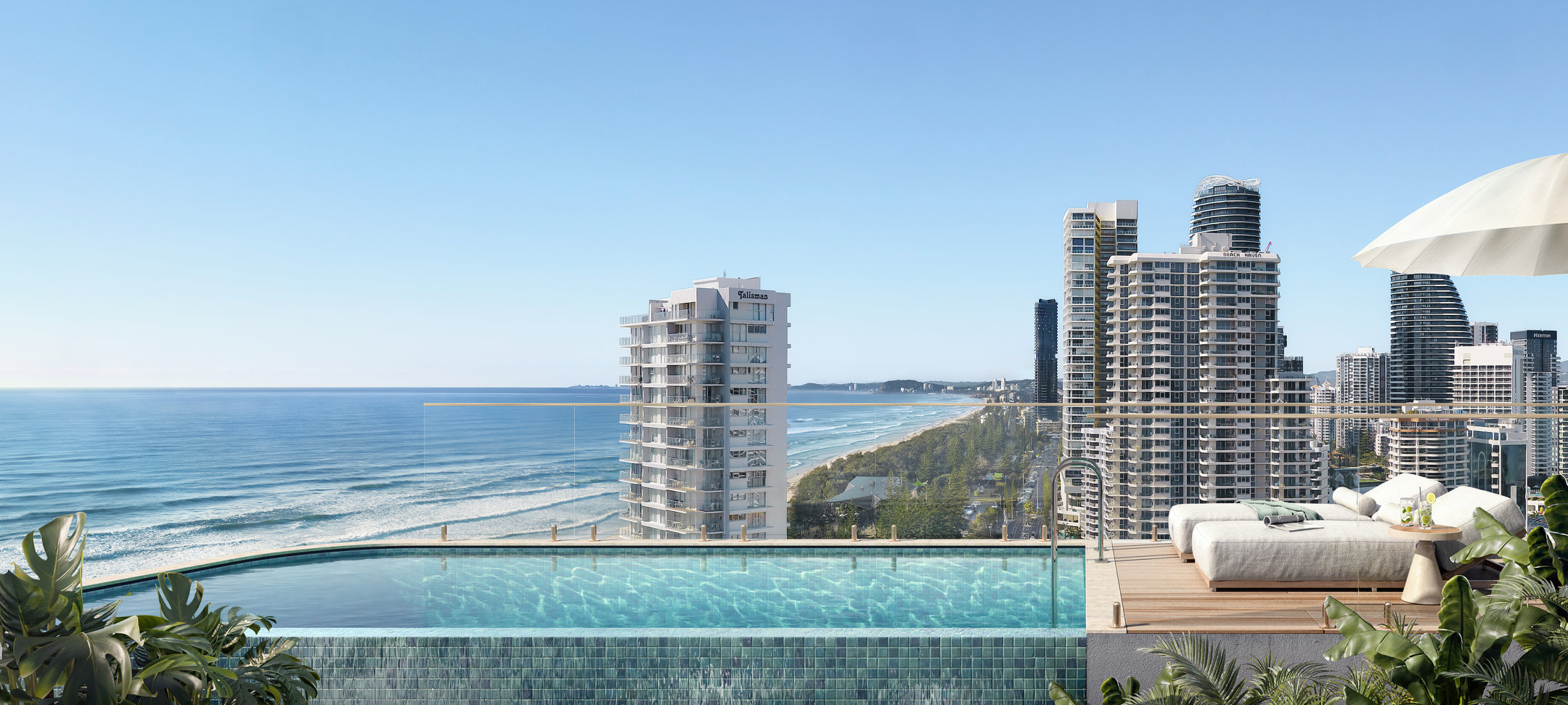
Born and bred Gold Coast resident and Ray White Agent Robbie Graham said Main Beach is the blue-chip hub on the coastal strip.
“Main Beach is the premier apartment market on the Gold Coast, and has sophisticated enormously since the start of COVID,” he said.
“The boutique suburb has seen, right now, $10, $15, $20 million-dollar apartments. It’s almost like the Double Bay of Sydney, with that village feel.
“It’s not transient, like your holiday makers that you get in Surfers Paradise and Broadbeach.”
Downsizers, interstate influence, and the big luxury apartment boom
Nerida said demand is being driven by “downsizers and buyers from Sydney and Melbourne who are willing to pay premium prices for waterfront living.”
Robbie added that, based on his experience, downsizers are predominantly from the Gold Coast.
“[The luxury] end of the market now is being filled by Gold Coast-based downsizers, moving from houses on the Gold Coast into Main Beach into those two- and three-bedroom units, and your bigger, new apartments are being bought by buyers selling their large waterfront homes.
“The market is 90% driven by Gold Coast-based downsizers in the $2 million plus market.”
Robbie said the top end of the property market, around $10 million to $20 million, is where interstate buyers from Sydney and Melbourne are driving interest.
“I auctioned [Meriton's Managing Director] Harry Triguboff's penthouse last week in Main Beach,” said Robbie.
“He bought it off the plan in 1990, and it was his holiday home on the Gold Coast for his family.
“It is a 918 sqm apartment that needed a full renovation, and it sold at auction for $11 million.
“The buyer was a Melbourne-based family that already had an interest in Main Beach.”
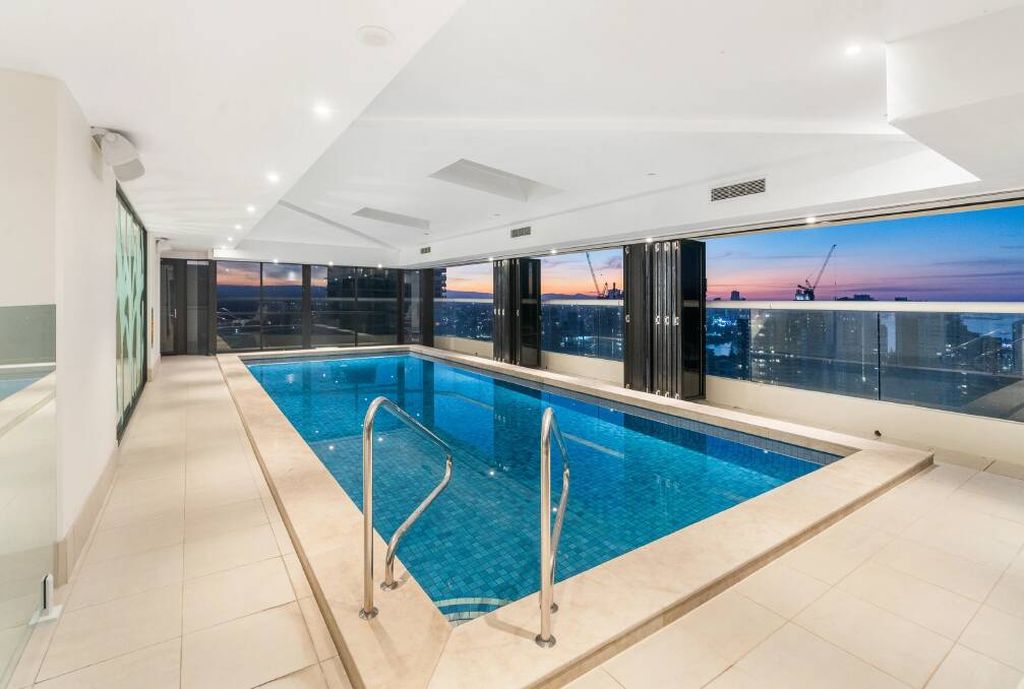
Developers have taken note of the appetite for larger, luxury unit stock, said Nerida, “with a wave of high-end apartment projects offering resort-style amenities and large floorplates, a product now synonymous with the modern Gold Coast skyline.”
Robbie agreed that larger-sized apartments and luxury lifestyle amenities have become the defining characteristic of development in the area.
“The new products that are being built here over the last five years have made a shift away from two- and three-bedroom apartments to whole-floor and double-storey apartments ranging from 350 to 700 sqm, sizes that exceed most house sizes on the Gold Coast,” he said.
“Not to mention, they are architecturally beautiful buildings, with all the facilities that are expected: the wellness suites, the indoor pools, the yoga rooms, the hot and cold bars, it is what everyone wants.”
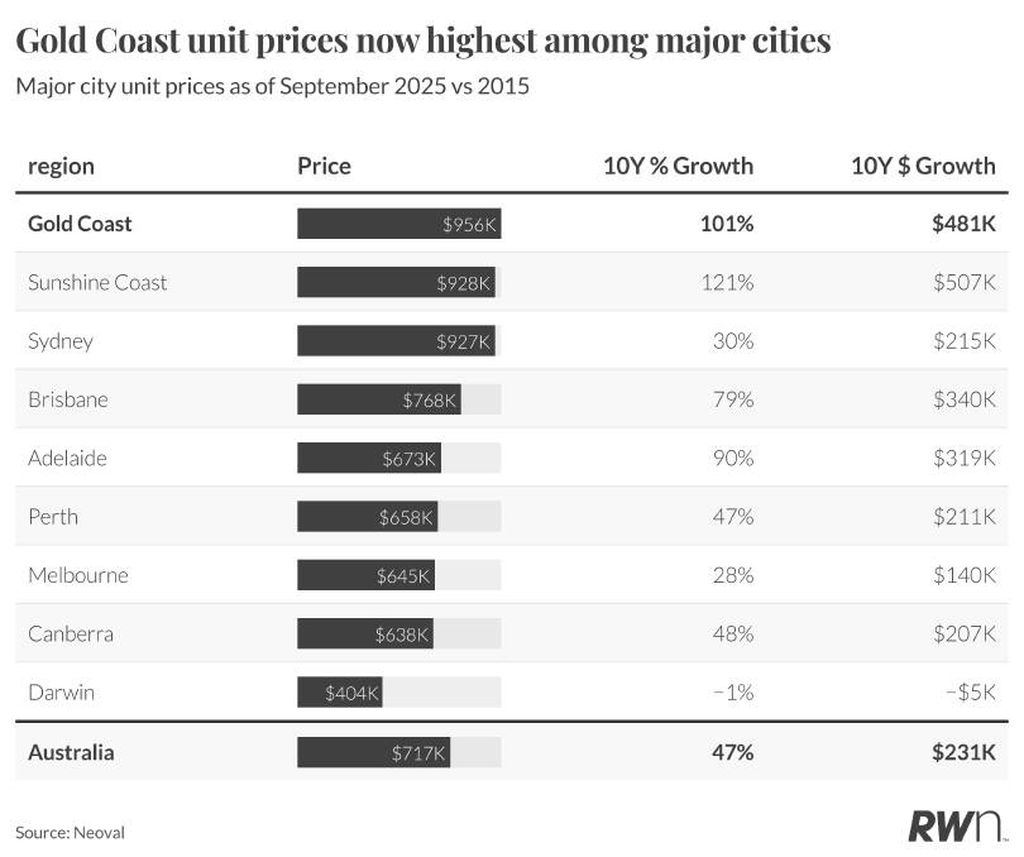
However, affordability has become a casualty of the shift.
“It has become increasingly difficult to build affordably,” Nerida said.
“While construction costs are starting to moderate nationally, they remain high in Queensland, limiting the viability of lower-priced developments.”
“New stock under $750,000 is now almost impossible to deliver without significant incentives or planning flexibility.”
Investors and first-home buyers wanting in
Despite this, the region's draw extends well beyond luxury buyers.
“Investor lending in Queensland has now reached record levels, with the Gold Coast one of the key beneficiaries,” Nerida said.
Tight vacancy rates and strong rental returns are drawing investors chasing both income and capital growth.
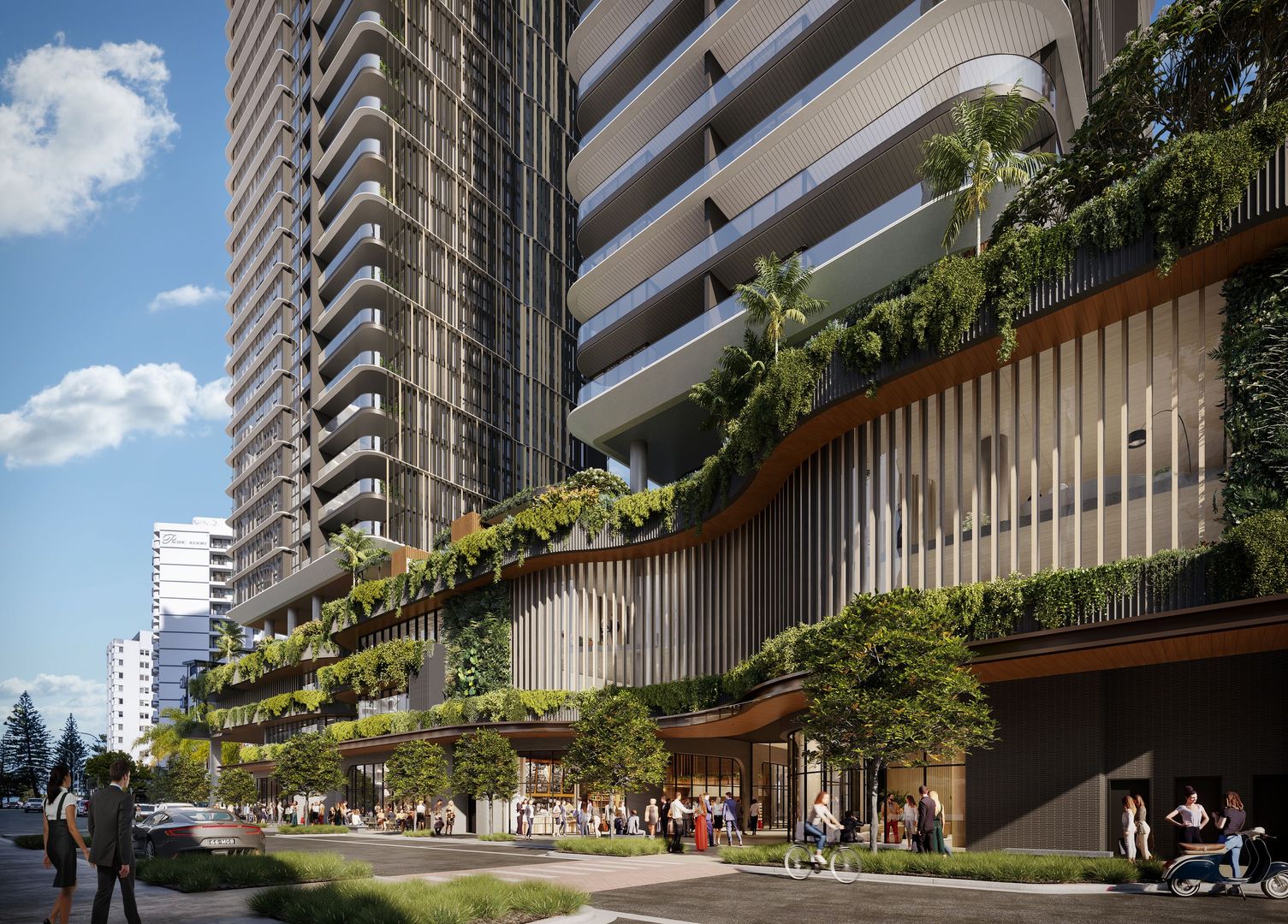
Meanwhile, first-home buyer activity is also increasing, “supported by government grants and softer borrowing costs,” she said.
“A growing number of these buyers are turning to the city's apartment market, where smaller holiday units are being converted into permanent homes.
“Many of these properties, once short-term rentals or investor stock, are now occupied by first-time owners taking advantage of relative affordability compared to detached houses.”
That change is reshaping the character of certain coastal pockets, and for the better.
“Areas once dominated by short-stay accommodation now have a more permanent residential feel, adding new depth to the market while tightening the supply of holiday rentals.”
The supply squeeze isn't going away
Despite the cranes dotted along the skyline, supply remains the Gold Coast’s Achilles’ heel.
“The key constraint for the Gold Coast remains supply,” Nerida said.
“Despite strong demand and a robust development pipeline on paper, the number of completed dwellings continues to fall short of what is needed to house a rapidly growing population.
“High construction costs, limited land availability, and stretched delivery timelines will continue to hold back new projects.”
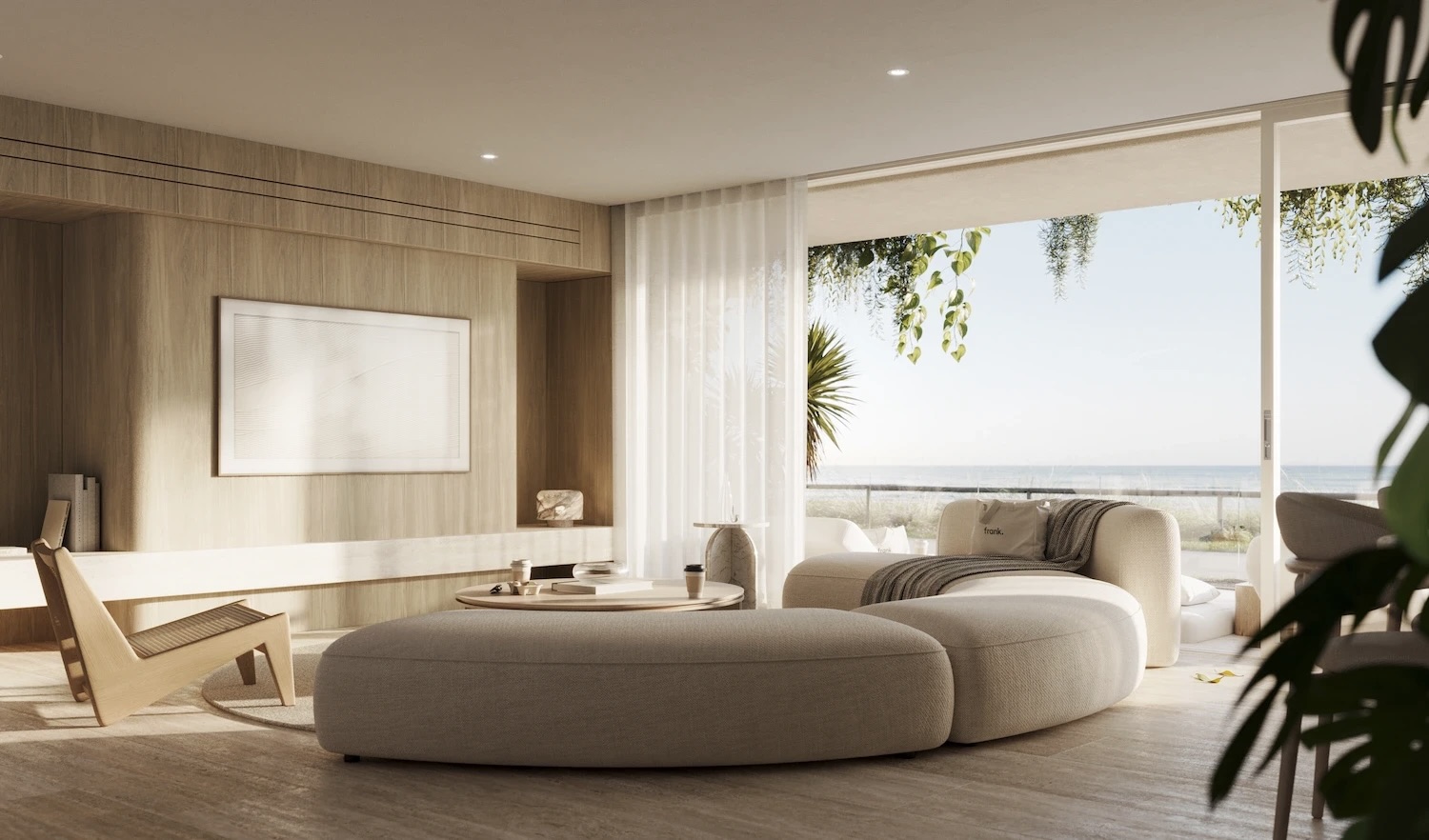
And even with further rate relief, Nerida said it is unlikely that supply will accelerate quickly enough to ease pressure on prices in the short term.
“The Gold Coast’s median unit price now leads the nation, and that position is unlikely to shift soon.”
Prices might cool as projects finish, but “without a substantial lift in new construction, the imbalance between demand and supply will remain the defining feature of the market through 2026.”
For a city once seen as Sydney’s relaxed and cheaper cousin, the Gold Coast has officially grown, and priced, up.
Click here for more real estate news and off-the-plan apartments.
This article was originally published on view.com.au and appears with permission.
Header background image of MIRA in Surfers Paradise.

